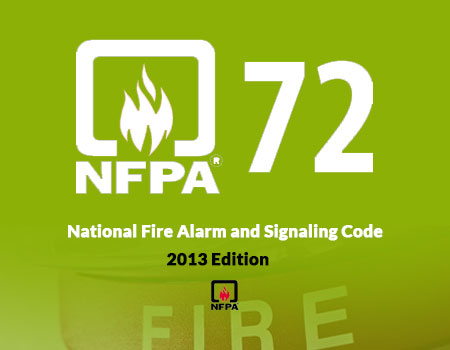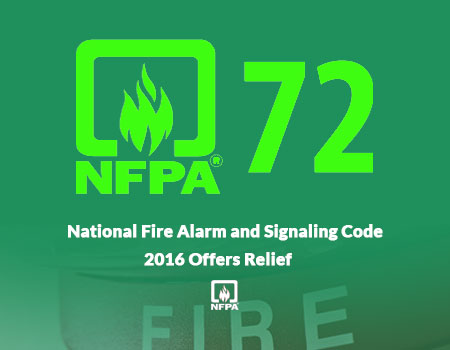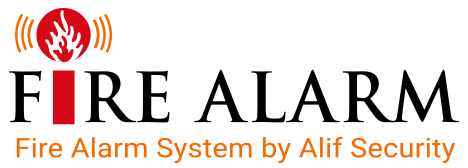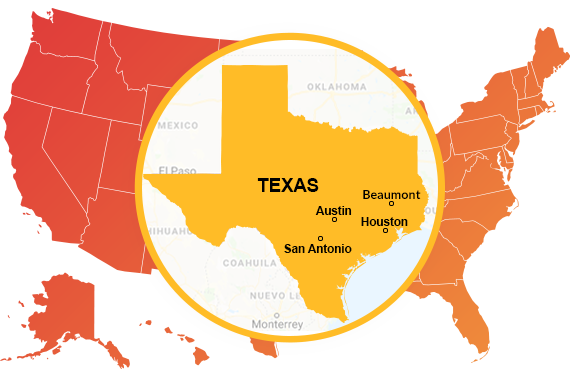Edition of NFPA
Since the 2010 Edition of NFPA 72, the assignment of wiring/pathway “Class” designations has been found in Chapter 12. Initiating device circuits were limited to Class A and Class B, and could be a combination of both. Signaling Line Circuits (SLCs) are still based on their performance capabilities in accordance with the requirements for Class A, Class B, and the newer Class N, and Class X definitions.
Imagine this scenario: hundreds of addressable input and output modules and detectors on a single SLC run through multiple floors and even between several buildings, all without a single fault isolation module (ISO) used. A fault anywhere on this SLC could cause a catastrophic failure, yet there has never been a code requirement to even consider requiring these devices.
Noting this lack of concern for the potential loss of all functions, a proposal was submitted to the NFPA 72 committee many years ago that would require a fault isolation module be used at least every 50 devices on any SLC, and at each floor, so that hundreds or even thousands of devices might not be lost should an SLC be subjected to a single short or open somewhere in the field wiring or on the floor of origin.
The aim was to provide a SLC with similar survivability to that of a Class B IDC, so that a single short or open, remote from the FACP, would be less likely to cause the total loss of all addressable devices; and an ISO located every 50 devices was not too much to ask. By proposing a required fault isolation module (ISO) for each floor/level, a class B branch off of a SLC could be isolated from the main SLC backbone/trunk should this floor be the location of the short (possibly due to a fire).
Changes in 2013
However, when the rule was finally placed in the 2013 edition of NFPA 72, it read: “A single fault on a pathway connected to the addressable devices shall not cause the loss of more than 50 addressable devices.” This meant that a Class B SLC could effectively only accommodate 50 devices, and each Class B SLC would have to be home-run back to the FACP.
Class A SLCs could be a little more accommodating but this was essentially the end of the traditional SLC wiring method, and a return to an IDC zone wiring method, limited to a loss of no more than 50 addressable devices, and yet one that could identify all points on that IDC zone.
The key advantage of an addressable system — the need for less wiring and the labor to install it — seemed to be all but eliminated due to this rule addition in the 2013 edition of NFPA 72. With the adoption of NFPA 72 2013, it seemed that SLCs no longer had the easy capacity for hundreds of devices, and few panels had more than one SLC, let alone several Class A SLCs. Didn’t manufacturers recognize what the 2013 rule would do to marketing their addressable systems, especially for larger projects? Designing a large 2013 fire alarm system using a single SLC is comparable to solving the professor’s math problem in “Good Will Hunting.”


2016 Offers Relief
Some relief has come in the 2016 edition of NFPA 72, section 23.6.1, which now reads: “SLC Zones. A single fault on a pathway connected to the addressable devices shall not cause the loss of the devices in more than one zone.”
s you can see, the 2013 SLC performance rule, which covers both opens and grounds, has been changed in 2016 to eliminate any reference to the “loss of more than 50 addressable devices.” The 2016 entry now uses a limiting factor that more closely matches the original proposal — each floor, or level, is an isolated zone.
The existing definition of a zone regarding the square footage or length of a single zone in any direction was also removed from applying to this SLC section when section 23.6.1.1 was added — which limited what they meant by a zone to this single factor: “For the purpose of this section, each floor of the building shall be considered a separate zone.”
However, if a floor was subdivided into two or more occupant notification zones, then Section 23.6.1.2 would require an isolation module for each of these additional zones. Multiple floors will now result in more equipment, wiring and labor, than the 2010 edition of NFPA 72, but the 2016 requirement no longer limits the number of addressable devices attached to a fire alarm control unit.
Greg Kessinger is SD&I’s fire alarm and codes expert and a regular contributor.
- Aldine
- Alvin
- Ames
- Anahuac
- Angleton
- Arcola
- Atascocita
- Austin
- Bacliff
- Bailey Prairie
- Barker
- Barrett
- Bay City
- Bayou Vista
- Baytown
- Beach City
- Beasley
- Beaumont
- Bellaire
- Boling
- Bonney
- Brazoria
- Brazos Country
- Brookshire
- Brookside Village
- Bunker Hill Village
- Cedar Park
- Channelview
- Cinco Ranch
- Clear Lake Shores
- Cleveland
- Cloverleaf
- Clute
- Conroe
- Corsicana
- Cove
- Crosby
- Cumings
- Cut And Shoot
- Cypress
- Damon
- Danbury
- Dayton
- Dayton Lakes
- Deer Park
- Dickinson
- East Bernard
- El Lago
- Fairchilds
- Fifth Street
- Fort Bend
- Four Corners
- Freeport
- Fresno
- Friendswood
- Fulshear
- Galena Park
- Galveston
- Grand Prairie
- Greatwood
- Guy
- Hardin
- Harris
- Hedwig Village
- Hempstead
- Highlands
- Hillcrest
- Hilshire Village
- Hitchcock
- Hockley
- Holiday Lakes
- Houston
- Huffman
- Hufsmith
- Humble
- Hungerford
- Hunters Creek Village
- Huntsville
- Iago
- Iowa Colony
- Jacinto City
- Jamaica Beach
- Jersey Village
- Katy
- Kemah
- Kendleton
- Kenefick
- Kingwood
- La Marque
- La Porte
- Lake Jackson
- League City
- Liberty
- Liverpool
- Livingston
- Lorena
- Magnolia
- Manor
- Manvel
- Meadows Place
- Mission Bend
- Missouri City
- Mont Belvieu
- Montgomery
- Morgans Point
- Nassau Bay
- Navasota
- Needville
- New Territory
- North Cleveland
- North Houston
- Oak Island
- Oak Ridge North
- Old River-Winfree
- Orange
- Orchard
- Panorama Village
- Pasadena
- Pattison
- Patton Village
- Pearland
- Pecan Grove
- Pine Island
- Pinehurst CDP
- Piney Point Village
- Pleak
- Plum Grove
- Port Arthur
- Porter
- Porter Heights
- Prairie View
- Richardson
- Richmond
- Richwood
- Roman Forest
- Rosenberg
- Rosharon
- Sabine Pass
- San Antonio
- San Felipe
- San Leon
- Santa Fe
- Seabrook
- Sealy
- Seguin
- Sheldon
- Shenandoah
- Shoreacres
- Silsbee
- Simonton
- South Houston
- Southside Place
- Splendora
- Spring
- Stafford
- Stagecoach
- Sugar Land
- Taylor Lake Village
- Texas City
- The Woodlands
- Thompsons Alief
- Tiki Island
- Todd Mission
- Tomball
- Waller
- Wallis
- Webster
- West Columbia
- West University Place
- Weston Lakes
- Willis
- Woodbranch
- Woodloch


